







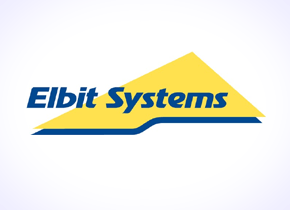



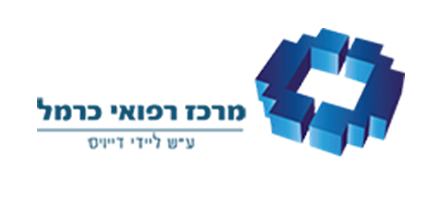
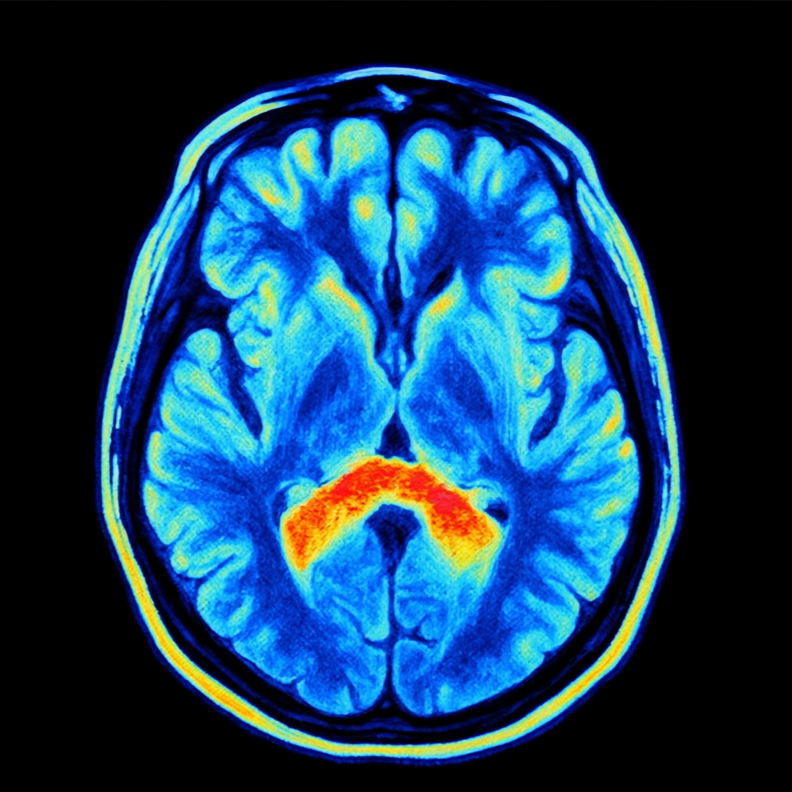
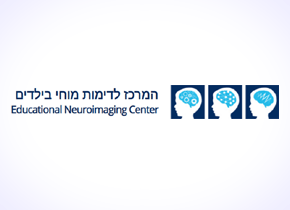




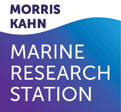

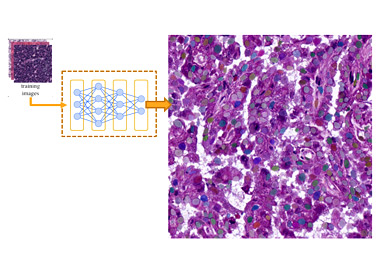





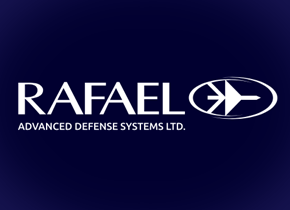









 Denoising for Event Cameras
Denoising for Event Cameras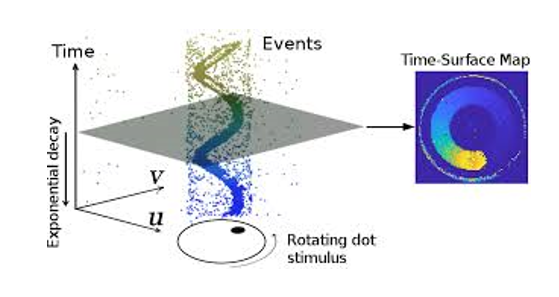

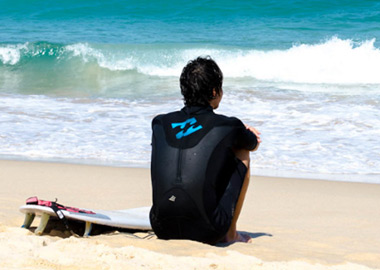
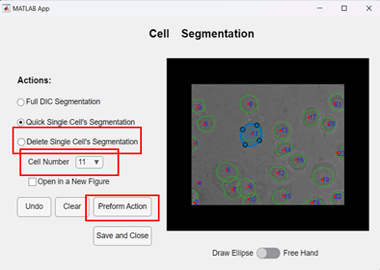



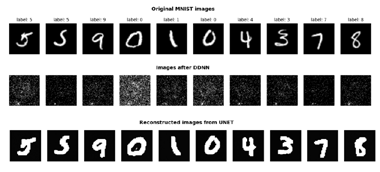
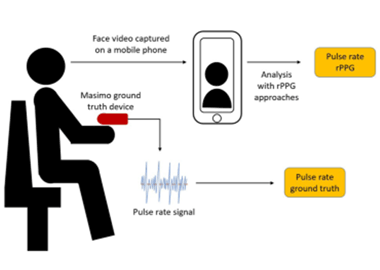
 Estimating Intestine Blood Flow With Video Analysis
Estimating Intestine Blood Flow With Video Analysis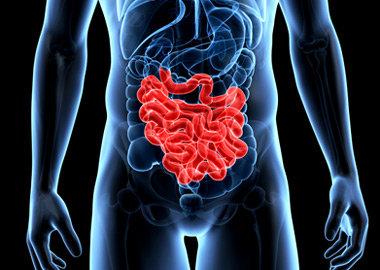
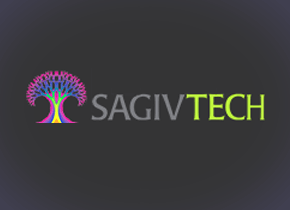
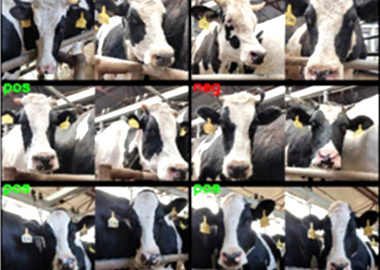
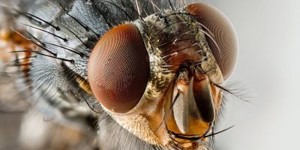

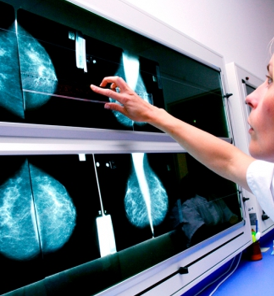
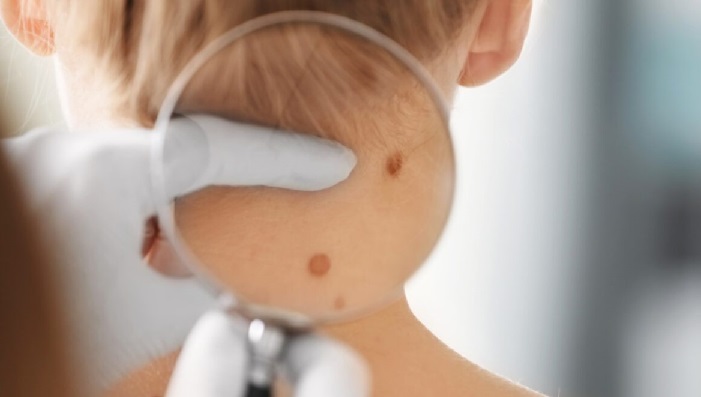
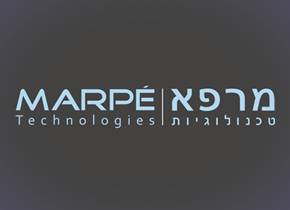
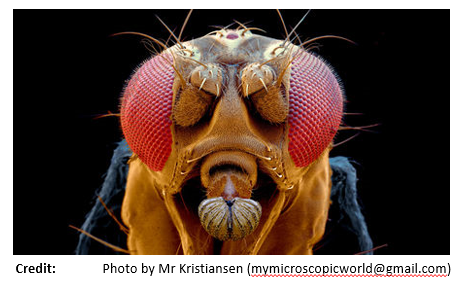

 Motorized Thermal Camera Slider for Oral Cancer Detection
Motorized Thermal Camera Slider for Oral Cancer Detection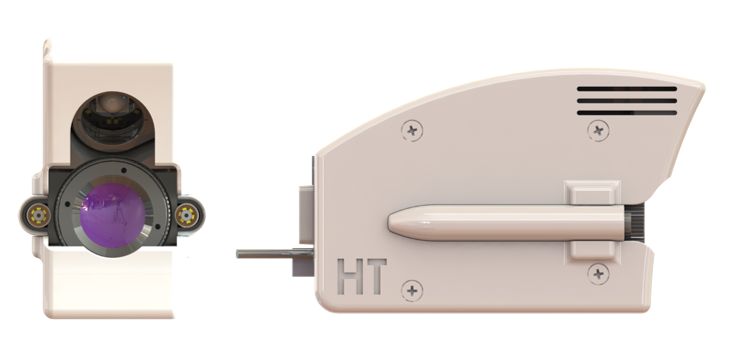
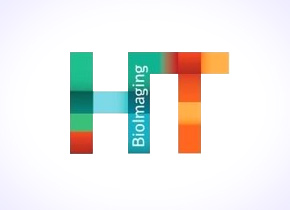
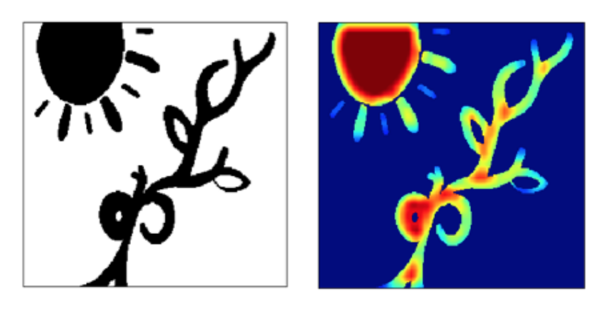
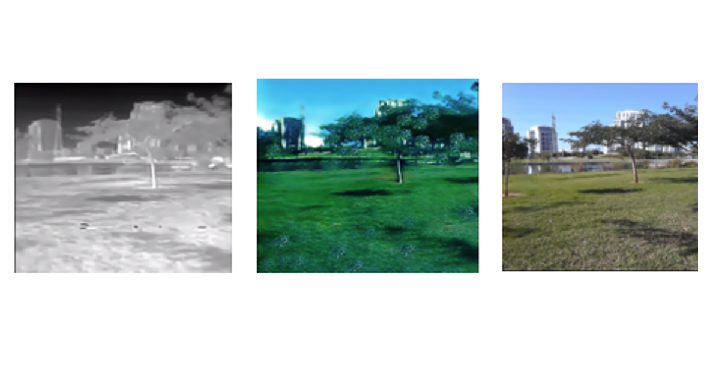
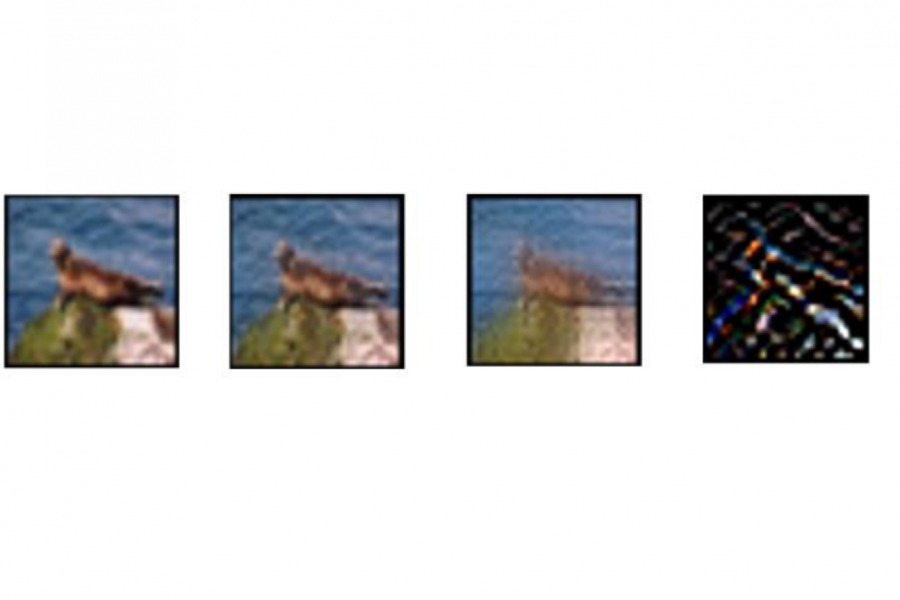
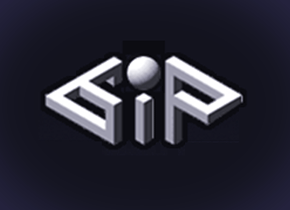
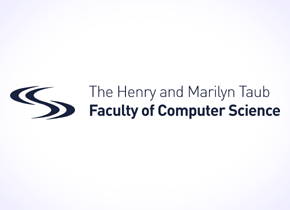
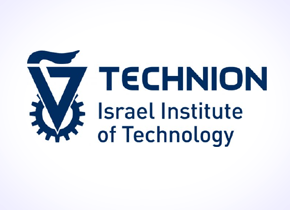
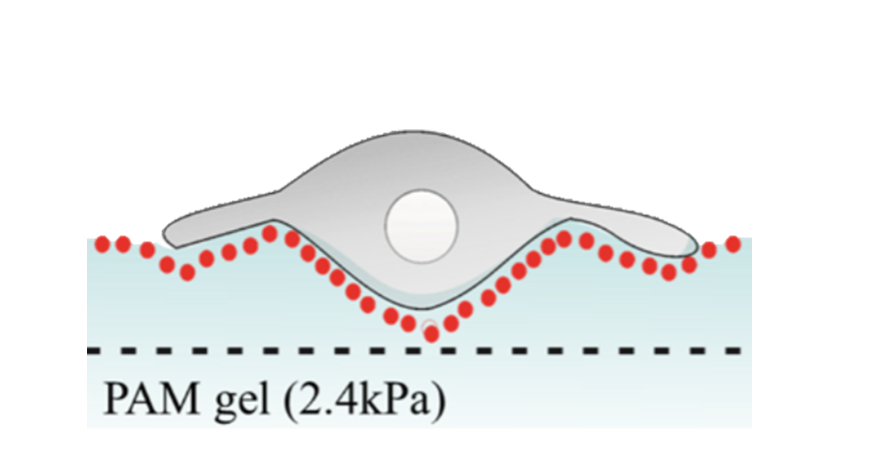

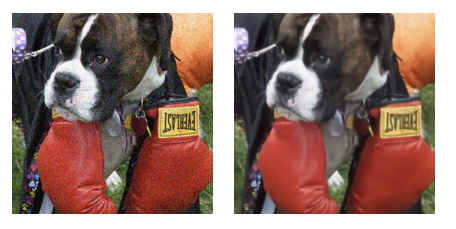
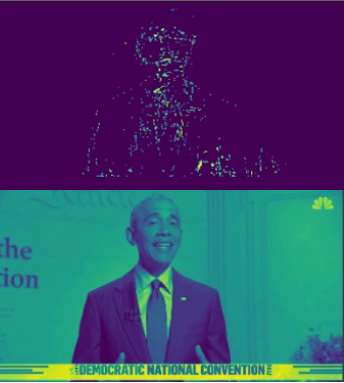
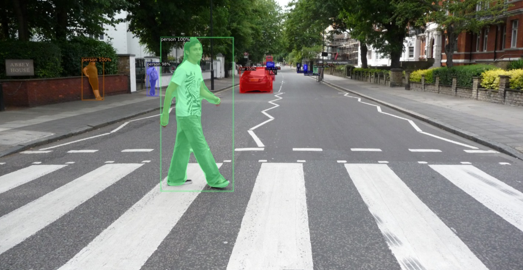
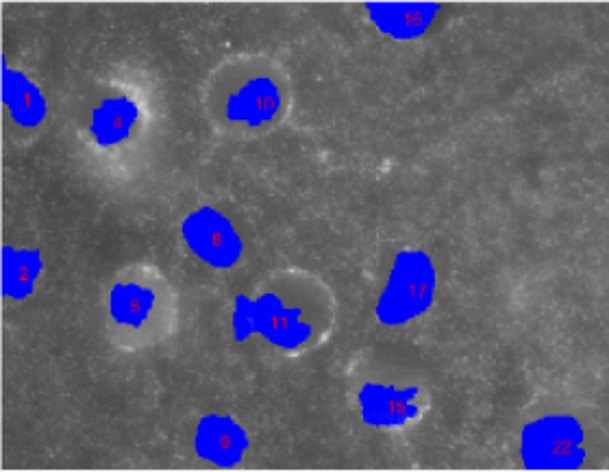
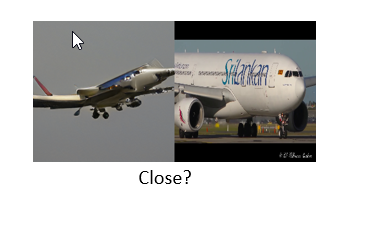

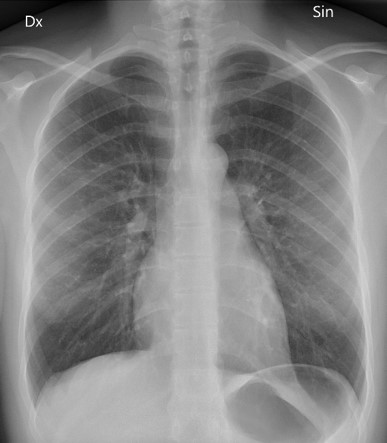

 Image Manipulation with GANs Spatial Control
Image Manipulation with GANs Spatial Control
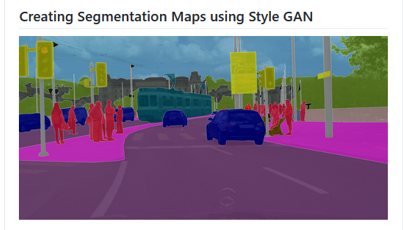
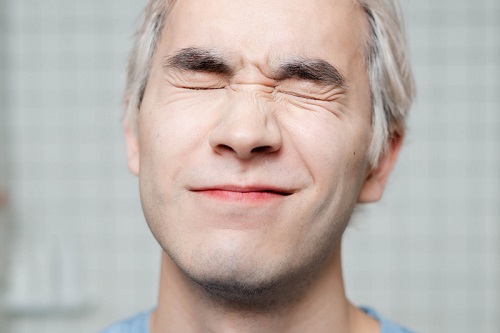
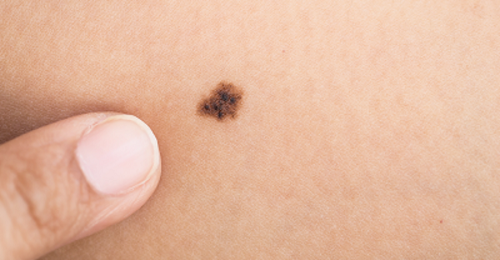

 Generative Deep Features
Generative Deep Features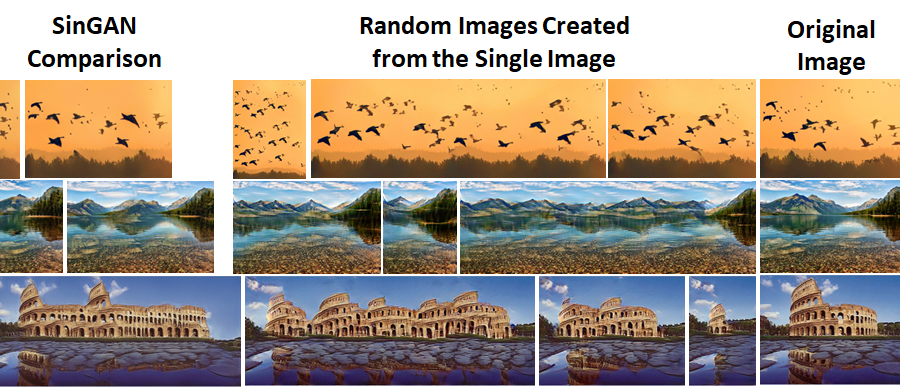
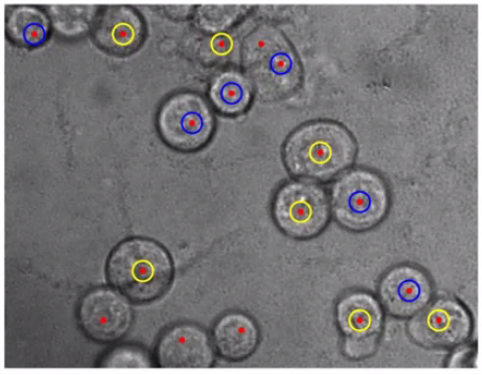

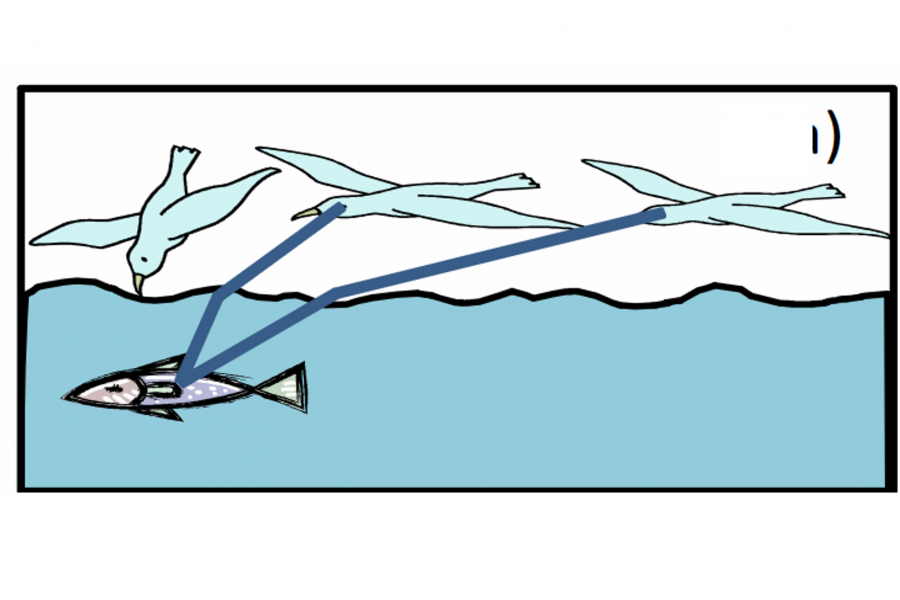
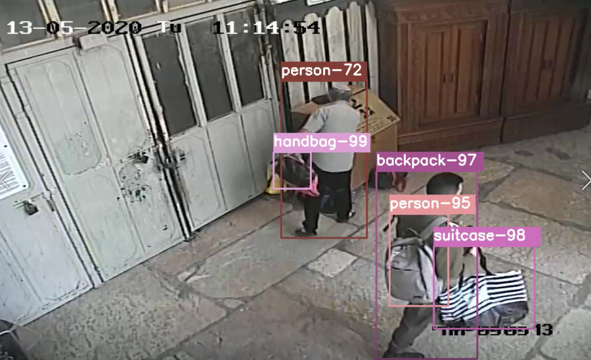
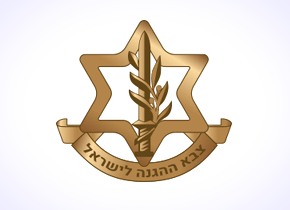
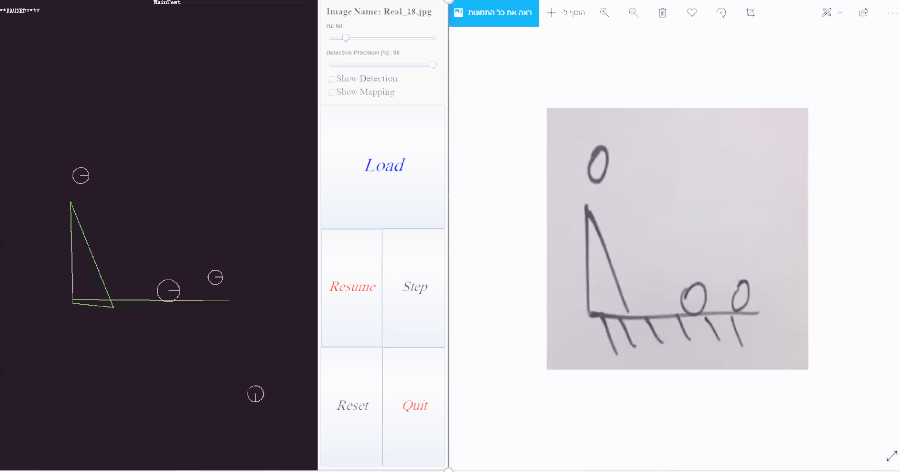
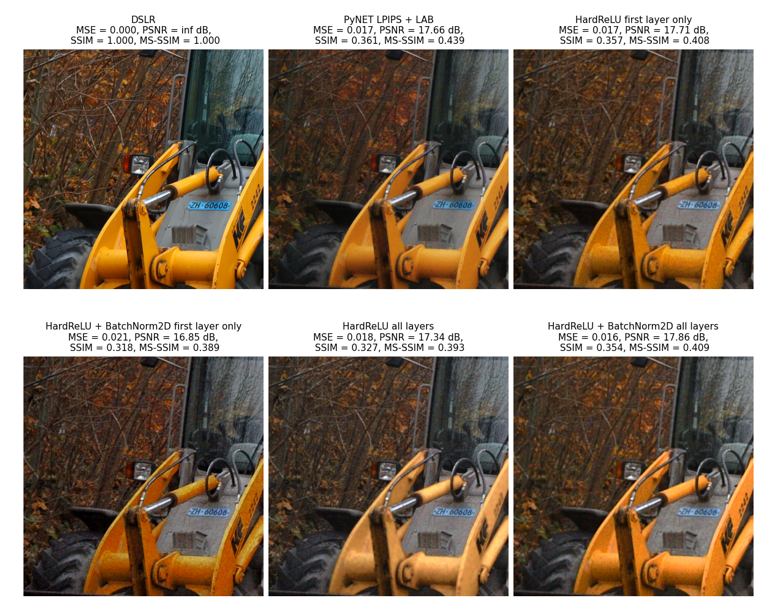
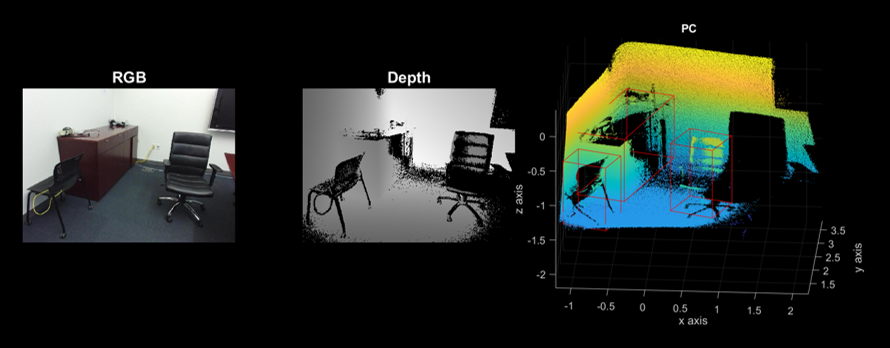
 Optical Character Recognition (OCR) for Old Torah Manuscripts
Optical Character Recognition (OCR) for Old Torah Manuscripts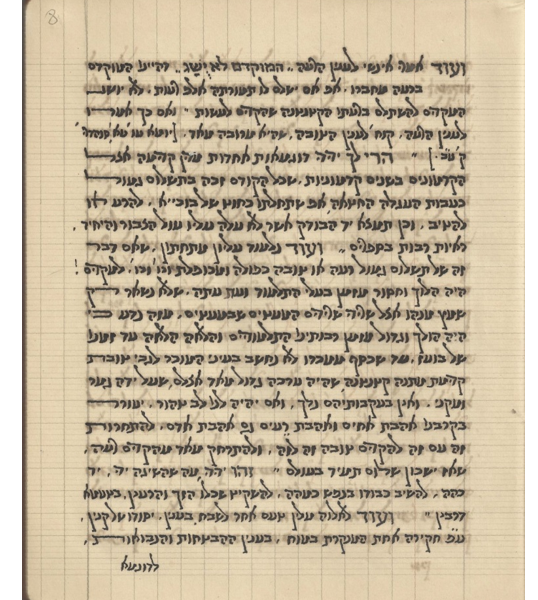
 Early Detection of Cancer Using Thermal Video Analysis
Early Detection of Cancer Using Thermal Video Analysis

 Physics Classroom Augmented Reality with Your Smartphone Part B
Physics Classroom Augmented Reality with Your Smartphone Part B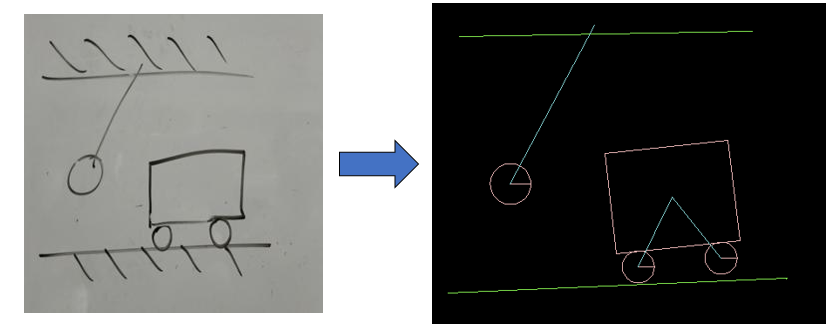
 Deep Learning for Physics Classroom Augmented Reality App
Deep Learning for Physics Classroom Augmented Reality App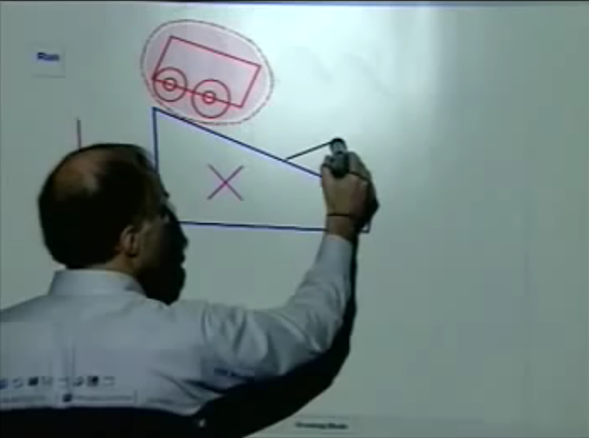
 Efficient Deep Learning for Pedestrian Traffic Light Recognition
Efficient Deep Learning for Pedestrian Traffic Light Recognition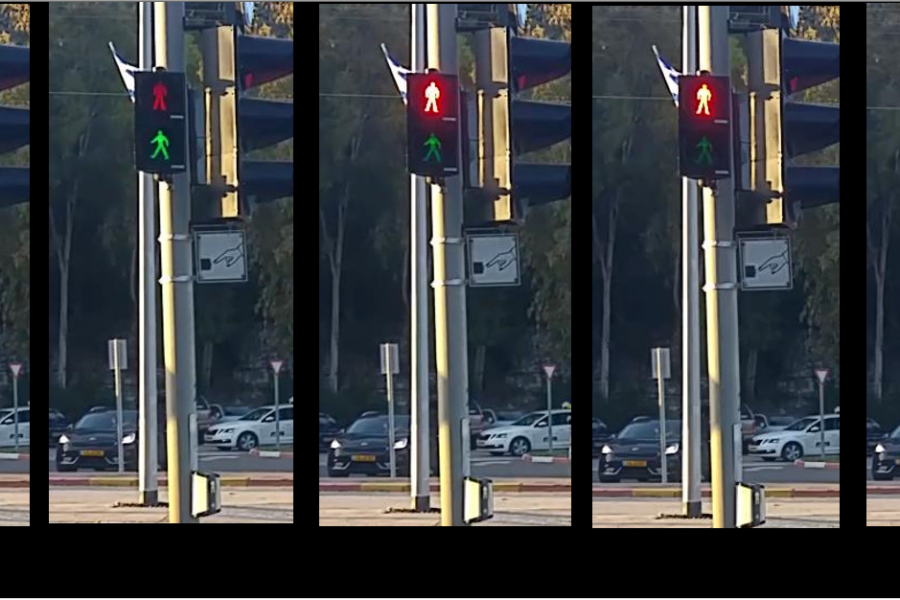
 From Deep Features To Image Restoration
From Deep Features To Image Restoration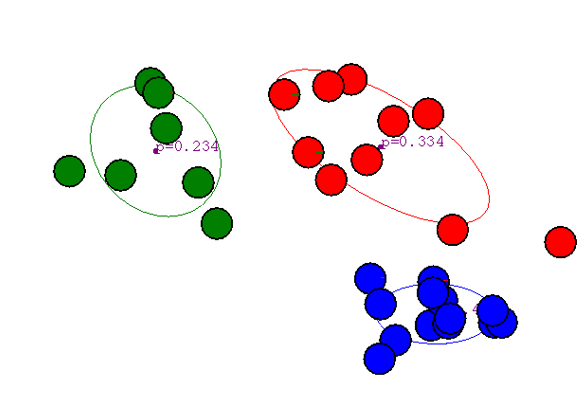
 Relative Camera Pose Estimation Using Smartphone Cameras and Sensors
Relative Camera Pose Estimation Using Smartphone Cameras and Sensors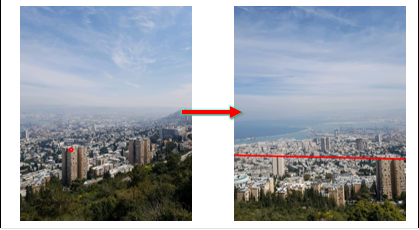

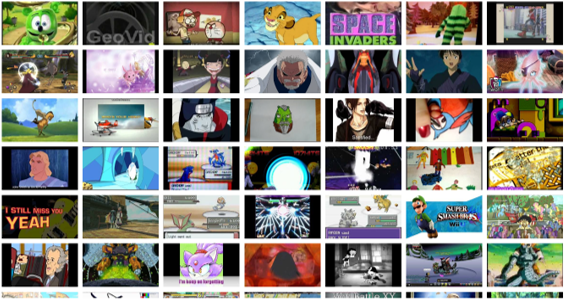
 Identification Of Content In Images Of Promotional Brochures
Identification Of Content In Images Of Promotional Brochures

 Detection and Localization of Cumulonimbus Clouds in Satellite Images
Detection and Localization of Cumulonimbus Clouds in Satellite Images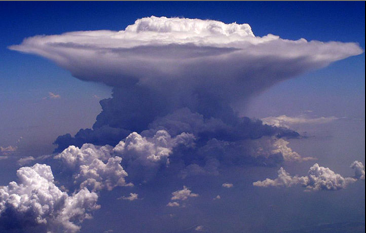
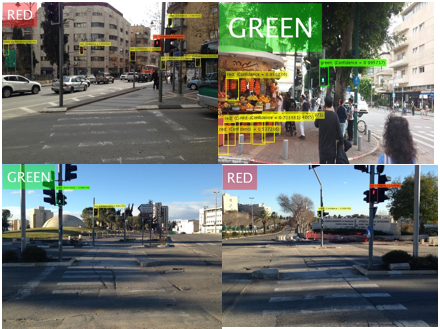
 Anomaly Detection in Multibeam Echosounder Seabed Scans
Anomaly Detection in Multibeam Echosounder Seabed Scans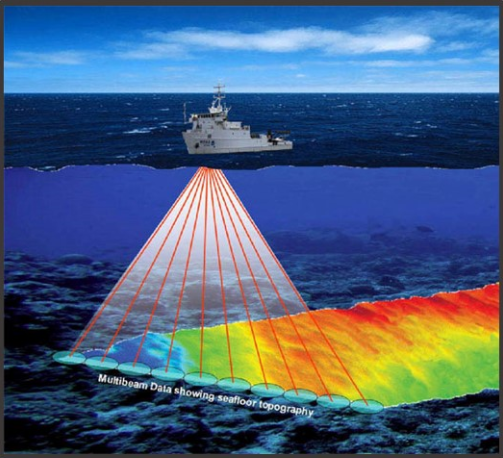

 Predicting the Existence of Dyslexia in Children Using fMRI
Predicting the Existence of Dyslexia in Children Using fMRI
 Objects Removal from Crowded Image
Objects Removal from Crowded Image
 Robust Underwater Image Compression
Robust Underwater Image Compression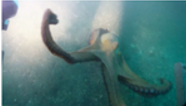

 Fast High Efficiency Video Coding (HEVC)
Fast High Efficiency Video Coding (HEVC)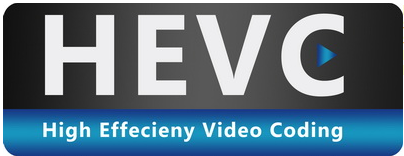
 Distance Estimation of Marine Vehicles
Distance Estimation of Marine Vehicles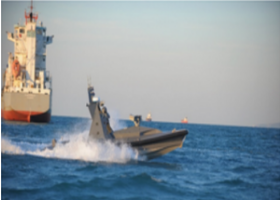

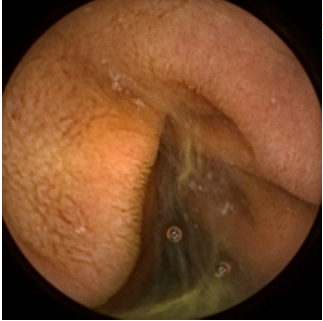
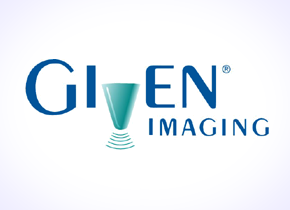
 Motion Analysis Using Kinect for Monitoring Parkinson's Disease
Motion Analysis Using Kinect for Monitoring Parkinson's Disease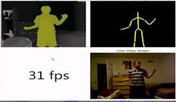
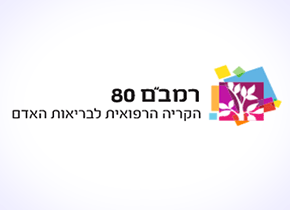

 Video Quality Assessment Prototype System
Video Quality Assessment Prototype System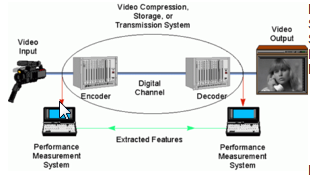

 Augmented Reality Pinball
Augmented Reality Pinball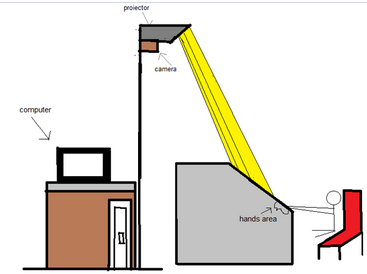
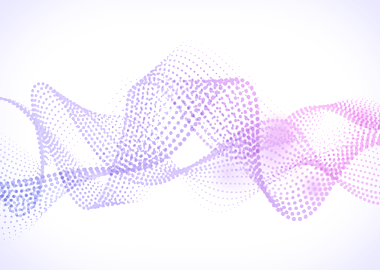
 Tone Mapping of SWIR Images
Tone Mapping of SWIR Images
 Change Detection of Cars in a Parking Lot
Change Detection of Cars in a Parking Lot
 Real Time Airborne Video Stabilization
Real Time Airborne Video Stabilization
 Determining Image Origin & Integrity Using Sensor Noise
Determining Image Origin & Integrity Using Sensor Noise
 Image Quality Assessment Based On DCT Subband Similarity
Image Quality Assessment Based On DCT Subband Similarity
 Cast Shadow Detection in Images & Video
Cast Shadow Detection in Images & Video
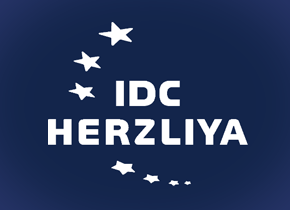
 Feather Color Analysis for the Barn Owl
Feather Color Analysis for the Barn Owl



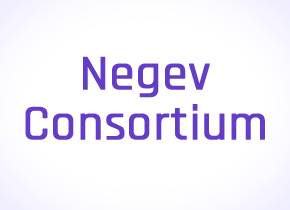
 Real-Time Pedestrian Detection and Tracking
Real-Time Pedestrian Detection and Tracking
 Object Reidentification in Video Using Multiple Cameras
Object Reidentification in Video Using Multiple Cameras
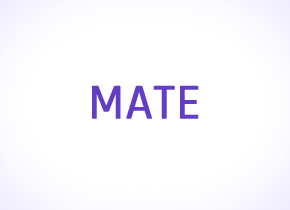
 Video Packet Loss Concealment Detection Based On Image Content
Video Packet Loss Concealment Detection Based On Image Content

 Detecting Added Markers and Notes on Printed Text
Detecting Added Markers and Notes on Printed Text
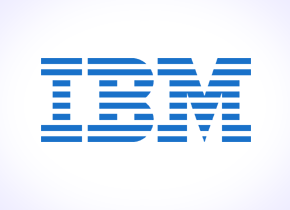

 Real-Time Pedestrian Motion Detection & Tracking
Real-Time Pedestrian Motion Detection & Tracking
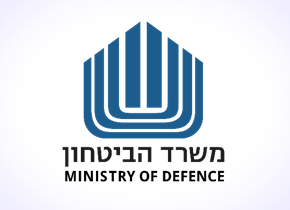
 Image Reconstruction from Plenoptic Camera
Image Reconstruction from Plenoptic Camera
 Tracking People Using Video Images and Active Contours
Tracking People Using Video Images and Active Contours


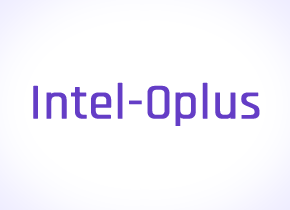
 Intravascular Ultrasound Image Analysis
Intravascular Ultrasound Image Analysis

 Lens Motor Noise Reduction For Digital Camera
Lens Motor Noise Reduction For Digital Camera
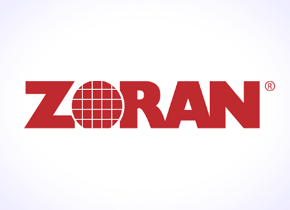
 Face Detection in Video
Face Detection in Video

 Fractional Zoom For Images
Fractional Zoom For Images
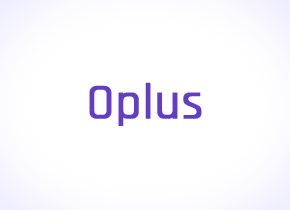


 Anomaly Detection in Hyperspectral Images, Part A+B
Anomaly Detection in Hyperspectral Images, Part A+B
 Lossless Compression of Images Using Adaptive Scan
Lossless Compression of Images Using Adaptive Scan

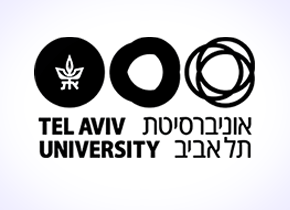
 Automatic Detection of Location and Face Orientation
Automatic Detection of Location and Face Orientation
 Real-Time Lecturer Tracking
Real-Time Lecturer Tracking
 Representing Images for Video Scene
Representing Images for Video Scene

 Progressive Coding of Color Images - Part B - Compression
Progressive Coding of Color Images - Part B - Compression
 Digital Video Protection for Authenticity Verification
Digital Video Protection for Authenticity Verification
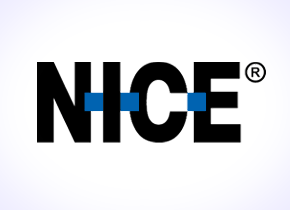
 Low bit rate video compression with QuadTree using Adaptive Quantization
Low bit rate video compression with QuadTree using Adaptive Quantization
 Wafer Images Compression Using Wavelets
Wafer Images Compression Using Wavelets
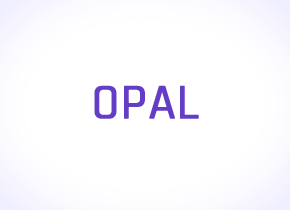
 Editing of VCD MPEG1 Files
Editing of VCD MPEG1 Files

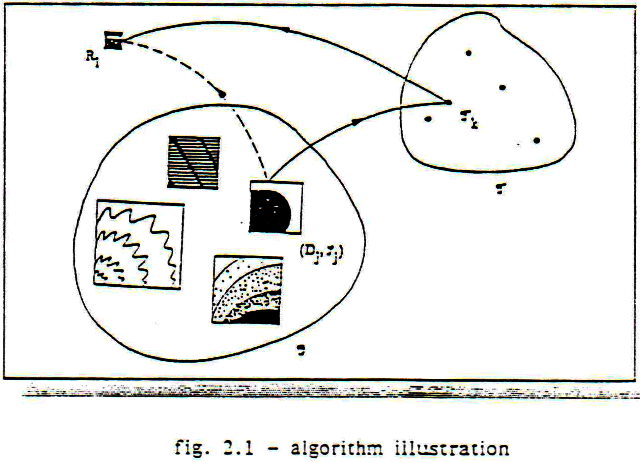


 Compression of Text Images Using Binary Images
Compression of Text Images Using Binary Images

